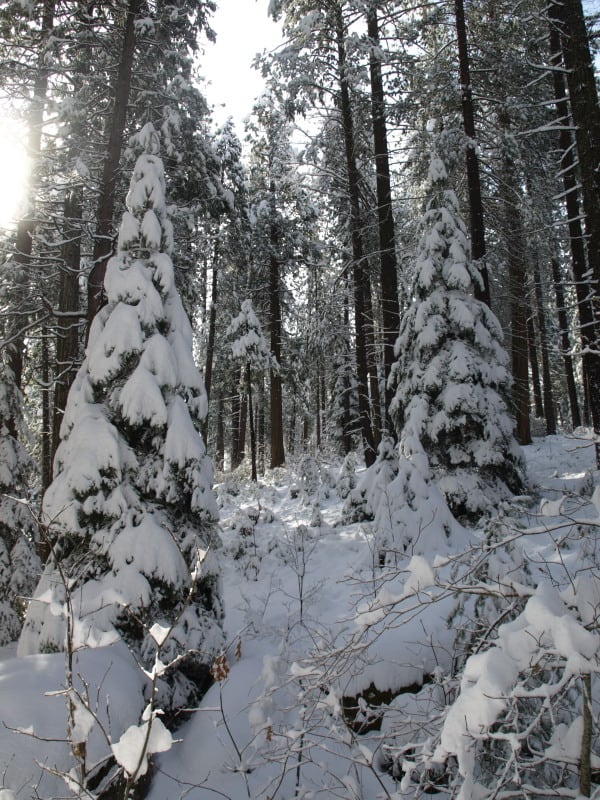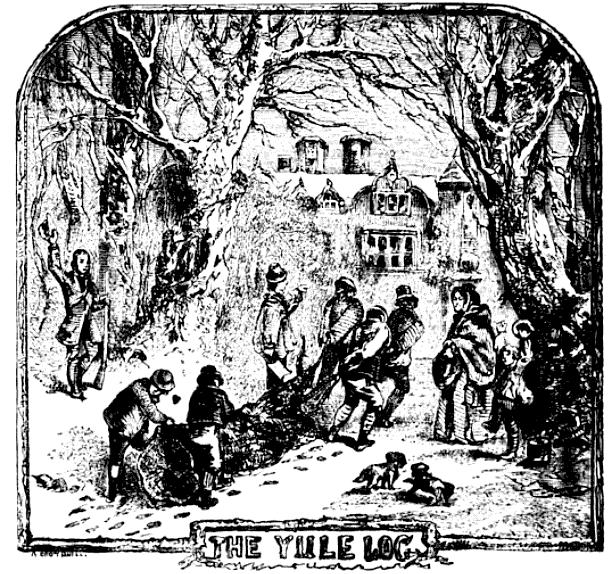Thanks to Terry Seyden for this one.. Here’s the link.
First congratulations to all those folks who worked on the Idaho Rule throughout the state, the Forest Service folks, and OGC and DOJ for all their assistance. I met some of the folks who worked on the Rule at various RACNAC meetings and other roadless geekfests and they were extremely dedicated to an excellent public process, persevering and knowledgeable. And thanks to the RACNAC members as well. And for that matter, Mark Rey, who thought up the “State plus national advisory committee” model.
A three-judge panel of the Ninth Circuit Court of Appeals ruled unanimously to uphold Idaho’s national forest roadless rule.
The panel, which included Idaho Senior Appeals Judge Stephen Trott, denied the appeal by the Wilderness Society, the Greater Yellowstone Coalition and other environmental groups of the decision in 2011 of U.S. District Judge B. Lynn Winmill upholding the rule.
“After scouring both the administrative and district court records in this case, we conclude that the district court’s grant of summary judgment to the defendants was warranted,” the panel said in its decision. “The inclusive, thorough, and transparent process resulting in the challenged rule conformed to the demands of the law and is free of legal error.”
The rule, negotiated by Jim Risch when he was governor, set up a unique system to protect nearly 9 million acres of roadless land in Idaho. The Idaho Conservation League and Trout Unlimited filed briefs in support of the Idaho rule, splitting with their environmental partners.
The rule is separate from the 2001 roadless rule that has been upheld by two appeals courts and the
Supreme Court by its decision not to hear the case.
Note from Sharon: After I read the stories of the Idahoans traveling to the appeals court (in this previous blog discussion), I was thinking that this might be a good project for accountability in litigation and direct action by other concerned individuals, as per some of the ideas in CREATE (previous post here).
This formed a mental image that might be worthy of a photo..
The federal courtroom in Portland was packed. A dozen people made the trip from Idaho to sit in silent support of the state’s roadless rule, including former Idaho governor Jim Risch and the chair of the Kootenai tribe.
Attorney Julie Weis represents the tribe. She says the rule is a good compromise, hashed out between environmental groups and mining interests. And it hasn’t led to more roads in Idaho’s national forests.
Given that some organizations made the decision to invest in a court appeal, I thought perhaps if I lived in Idaho and was involved with the rule development, I would try this. I would get a group together to email or write a letter to each member of the Board of Directors, include the above photo, and tell them that I was willing to meet with them anytime anyplace to talk to them about why they were choosing to appeal this decision. What did they think about the Idaho Rule, and why did they think it was worth the investment to appeal? Then folks who had worked on it and knew about it (and the 2001, and the differences) could engage them in a meaningful discussion.
If they did not answer the emails or letters to talk, then that would be another story. From my board memberships, I take the role of the board in providing direction very seriously. It seems to me that communicating directly (people who know about the project or rule) with board members (people who are deciding whether to invest in litigation) would be a useful and educational exercise. We often talk about accountability of federal agencies (not that they are paragons ;)), but shouldn’t we all be accountable to the people affected (that is, all taxpayers, in this case, as well as Idahoans) for our actions?
This direct action is probably not OK for federal employees to do, but I would think that concerned citizens (involved in collaborative groups?) certainly could do so. The results of these discussions could be reported back through this blog or in the press.
Now there is one easy fix that will help this process. The board members, as part of their fiduciary oversight, know how much their appeal cost their organization, but do not know how much it cost the taxpayer. That is why IMHO it is important for the FS, OGC, and DOJ to accurately track costs of litigation. How can anyone decide whether and how much to spend when they have no idea of the costs?





